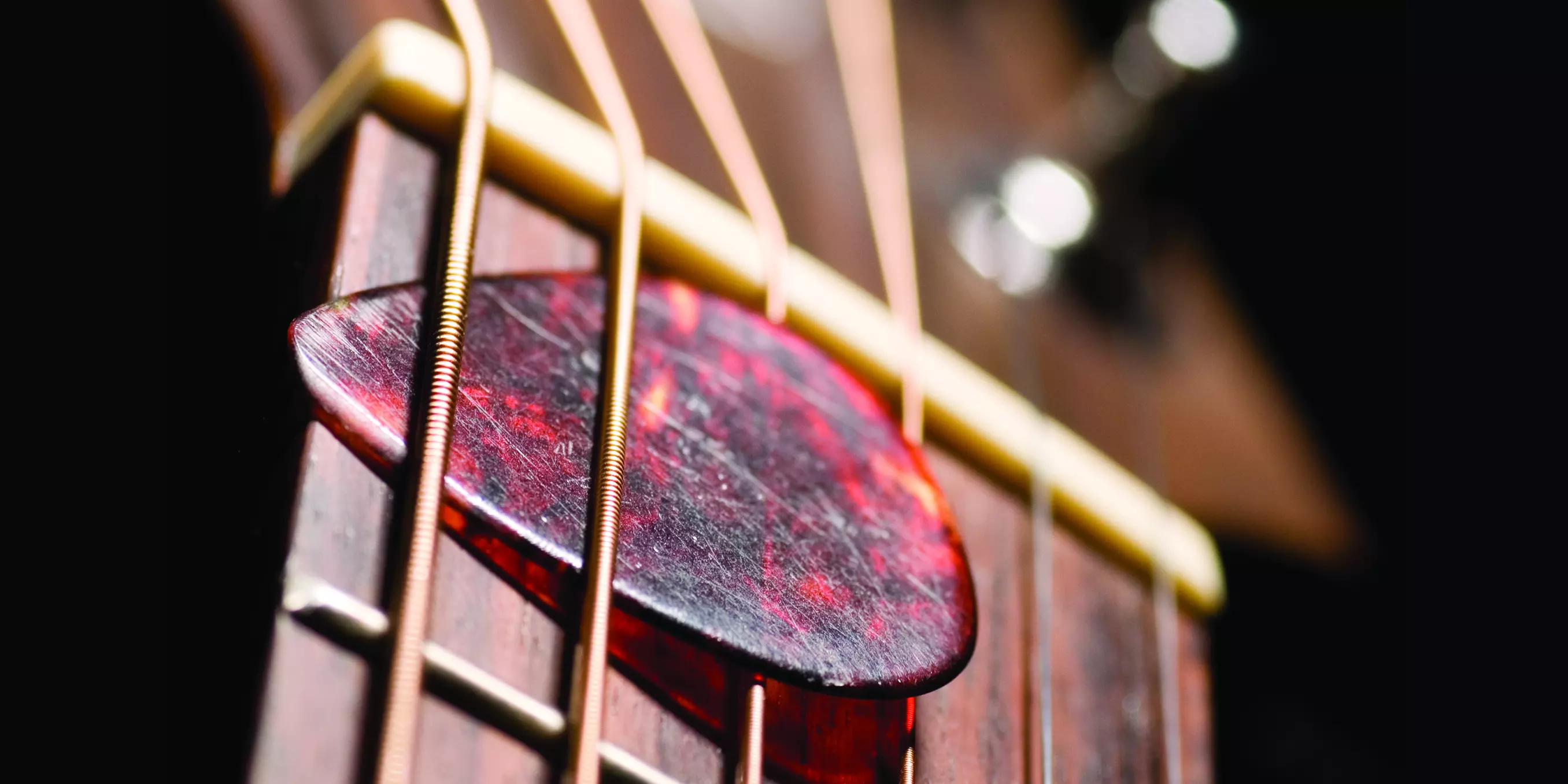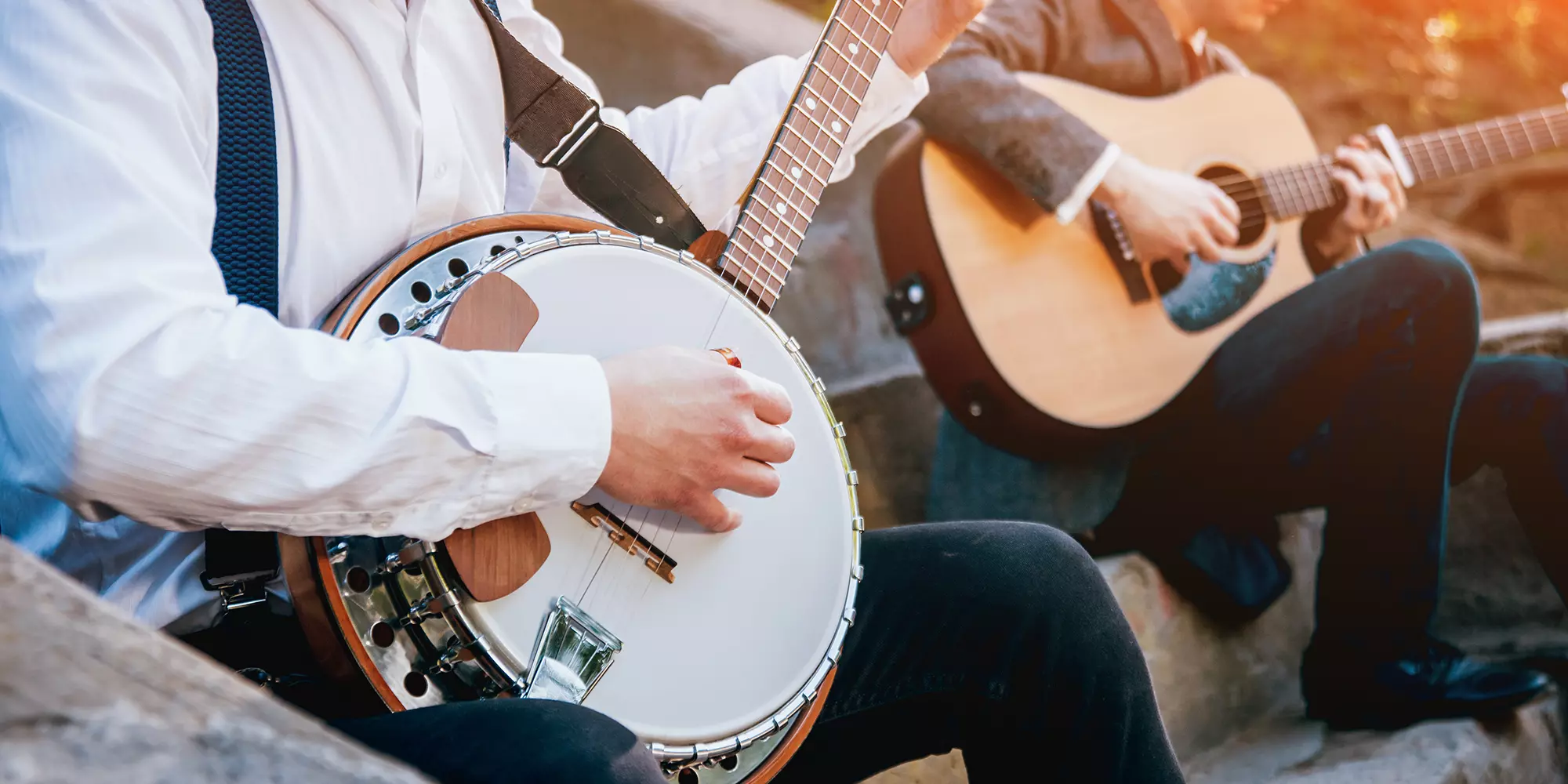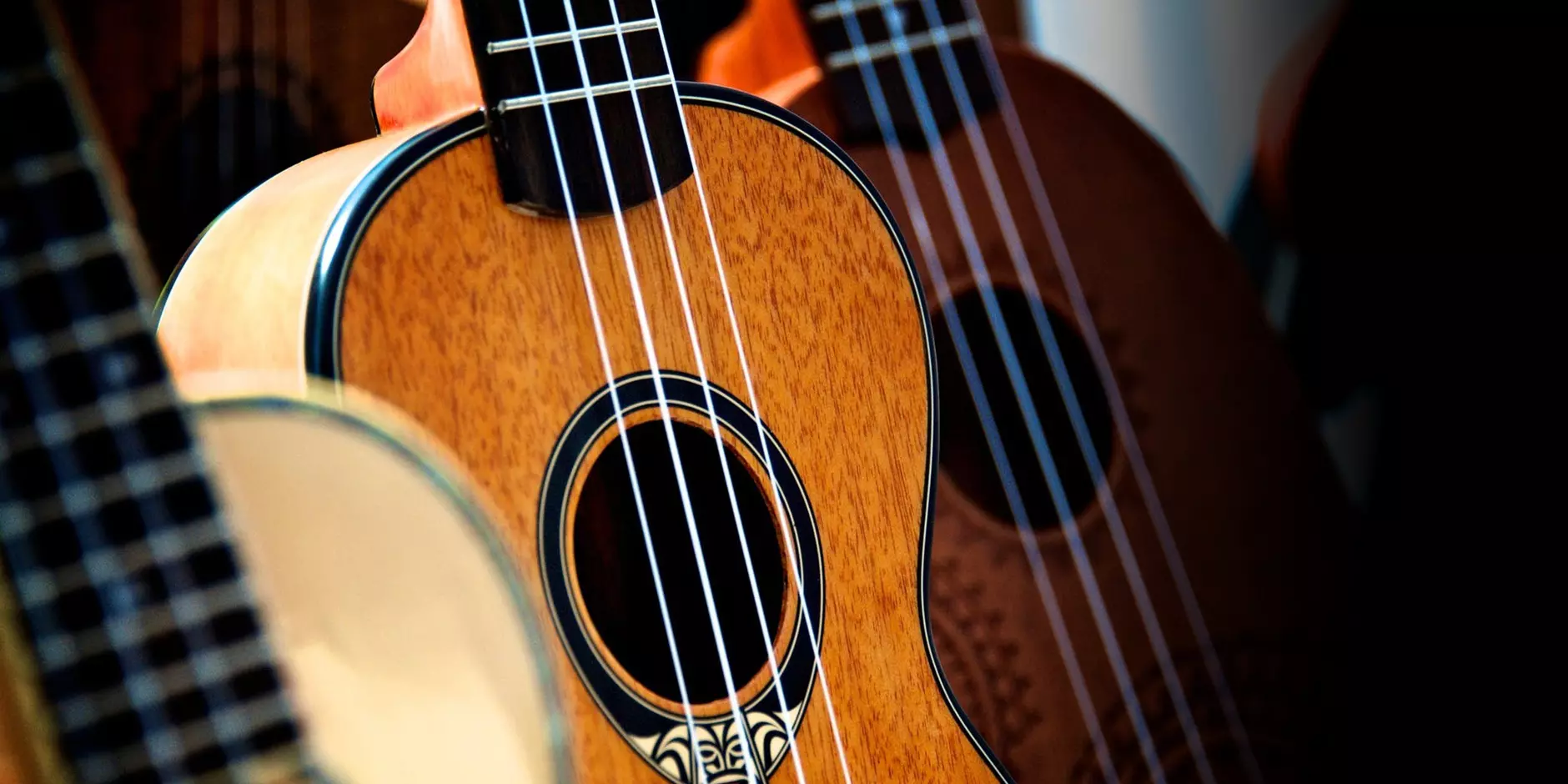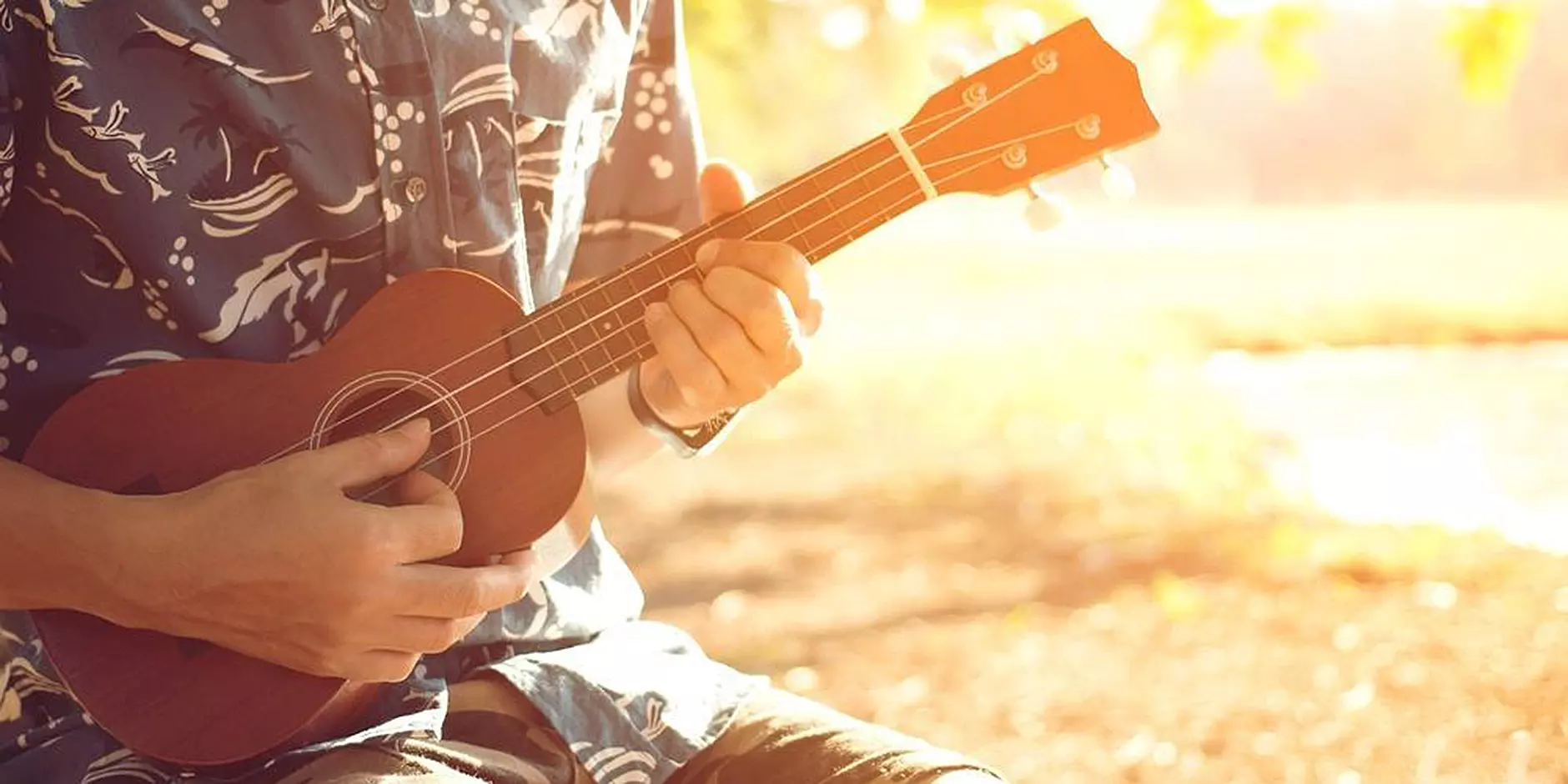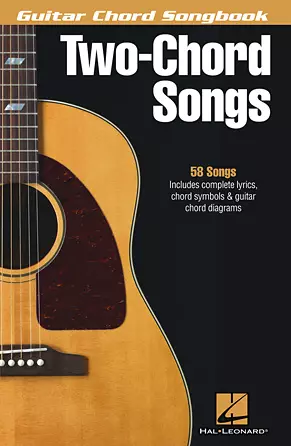The Starting Power of Two-Chord Songs
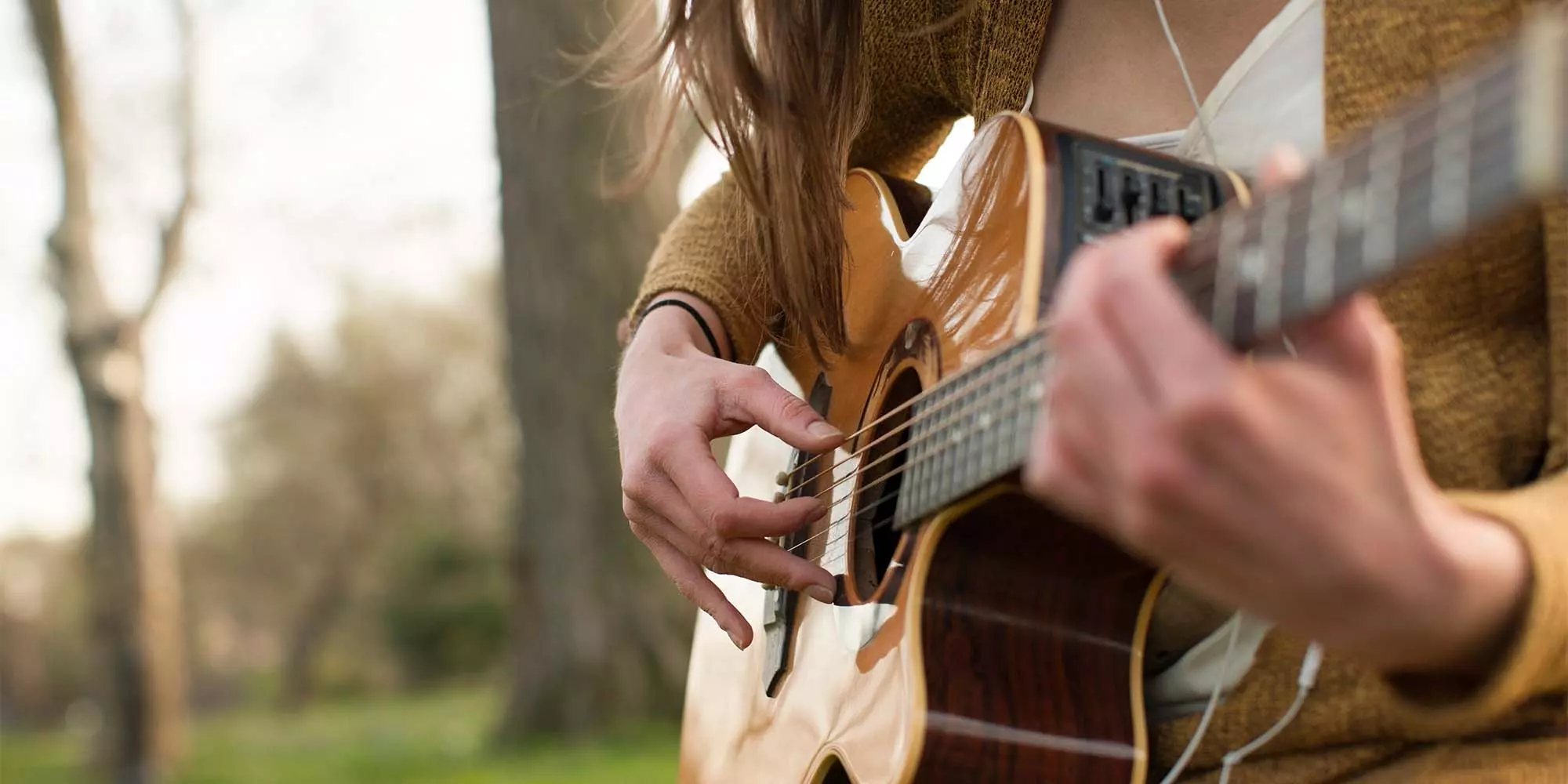
If you’re just starting out on guitar, banjo, mandolin or ukulele, it’s good to make a list of two chord songs to play while learning to strum and sing at the same time. Two chord songs allow you to practice all the things you need to keep a song flowing, like steady rhythm and connected chord changes, while keeping your chord decisions to a minimum.
You might think two-chord songs are just a bunch of nursery rhymes from kindergarten, but there are more great two-chord songs by famous artists than you may think. Bob Dylan, John Lennon, Paul McCartney, Chuck Berry, Neil Young, Bruce Springsteen, Eric Clapton, Waylon Jennings, Hank Williams, Johnny Rivers, Boxcar Willie, Fleetwood Mac/Stevie Nicks, Mary Gauthier, Merle Haggard, Leadbelly, Peggy Lee, Roy Orbison, Johnny Cash, and Chris Stapleton - they have all done two-chord songs. Intrigued? Let’s get started.
One and Five Chord
The most typical two-chord song utilizes the key chord of the song, i.e. the “One” chord, and the chord five positions or five letters up (counting from zero), known as the “Five” chord. In the Key of C, C and G, usually in the form of G7 to add extra tension, are your 1 and 5 pairing. Additional pairs are G and D7, D and A7, A and E7, E and B7, and F and C7.
Here are some songs to have fun with:
- “Tom Dooley” - The Kingston Trio
- “Tulsa Time” - Eric Clapton
- “Give Peace a Chance” - John Lennon
- “Jambalaya” - Hank Williams
- “Dream Baby” - Roy Orbison
- “Down In the Valley” - Leadbelly
- “Memphis” - Chuck Berry
- “Cocaine Blues” - Johnny Cash
- “Pistol Packin’ Mama” - Boxcar Willie.
One and Four Chord
Our next category of two-chord songs is built on the “One” and “Four” chord. Practical examples of this pairing are C and F, G and C, D and G, A and D, E and A.
Songs using this combination are:
- “Paperback Writer” - The Beatles
- “For What It’s Worth” - Buffalo Springfield
- “Walking Down the Line” - Bob Dylan
- “Feeling All Right” - Joe Cocker
- “Born In the USA” - Bruce Springsteen
- “Give Peace A Chance” - John Lennon
- “Oh My Soul” - Mary Gauthier (which may be one of the best songs ever written - and it’s easy to play! Check it out).
Minor and Major Chord
Our third category of two-chord songs is a good-sounding traditional combination of a minor chord followed by a major chord one step or one letter name below. Useful examples are Am and G, Em and D, and Dm and C.
Songs using this combination are:
- “Oh Sinner Man” - traditional
- “The Cuckoo” - traditional
- “North Country Blues” - Bob Dylan
- “A Horse With No Name” - America (here the pair is Em and D6)
Interestingly, this pair can be reversed, i.e. the major chord first followed by the minor chord, though there are fewer songs that go this way. A couple of them are “I’d Rather Go Blind” - Etta James, and a Chris Stapleton reimagining of an old 3-chord country song done by George Jones, called “Tennessee Whiskey”.
Minor and 7th Chord
For our fourth category we have another typical pairing: a minor chord paired with a 7th chord five letters or positions up. Practical examples of this combination are Am and E7, D and A7 and Em and B7.
Songs to play using this pair are:
- “Rambling Man” - Hank Williams
- “Joshua Fought the Battle of Jericho” - traditional
- “Fever” - various artists
Double Major Chord
For our final category, there is a somewhat surprising combination, from a music theory perspective at least. It’s a major chord followed by another major chord one letter name, or full step below. Easy to play examples to play are D down one full step to C, A down to G, E down to D.
Some songs that use this pairing are “Old Joe Clark” – traditional; “Tonight’s the Night” - Neil Young, and the huge Fleetwood Mac hit, “Dreams” (This song uses Fmaj7 and G and reverses the order).
If this idea of having more successes by playing two-chord songs has inspired you, that’s good. Having fun playing music is much more accessible than you might think. I have taught many adult group classes using this 2-chord approach and typically students are amazed that we can actually play music together the very first class. When you are going back and forth between just two chords, it’s much easier to make it through a song maintaining connection and flow. When you have connection and flow, you have music, and when you have music, you have fun.
Check it out!
Hal Leonard’s Guitar Chord Songbook - Two Chord Songs
SKU 409603
$25.50
Tracey is a multi-instrumentalist, singer-songwriter and music teacher who specializes in accelerated learning techniques for adult beginners and recreational players. He works at Long & McQuade in Calgary, AB.

